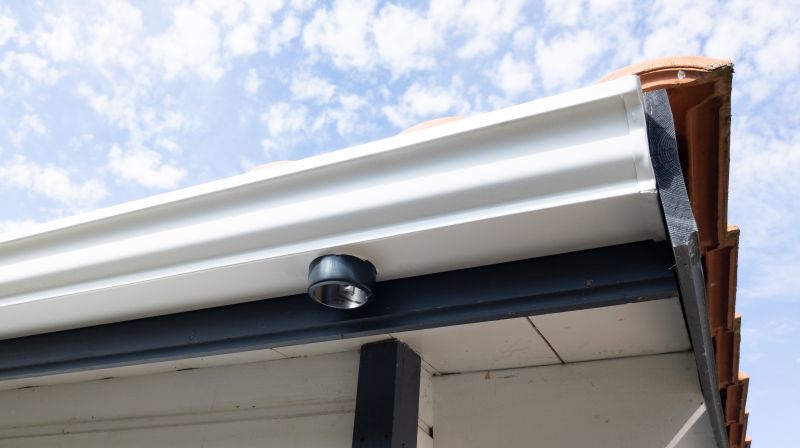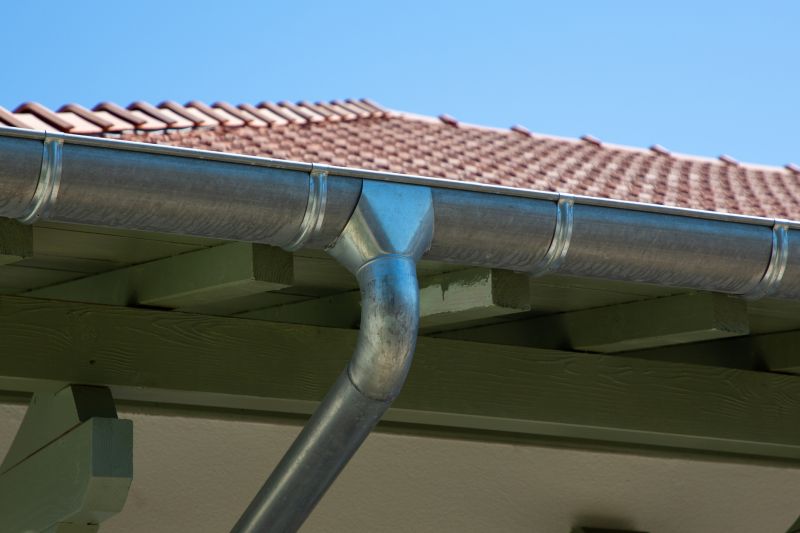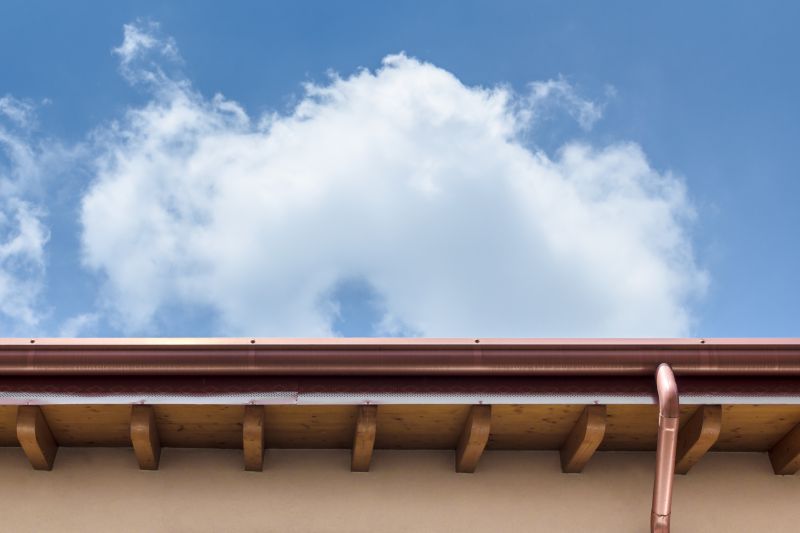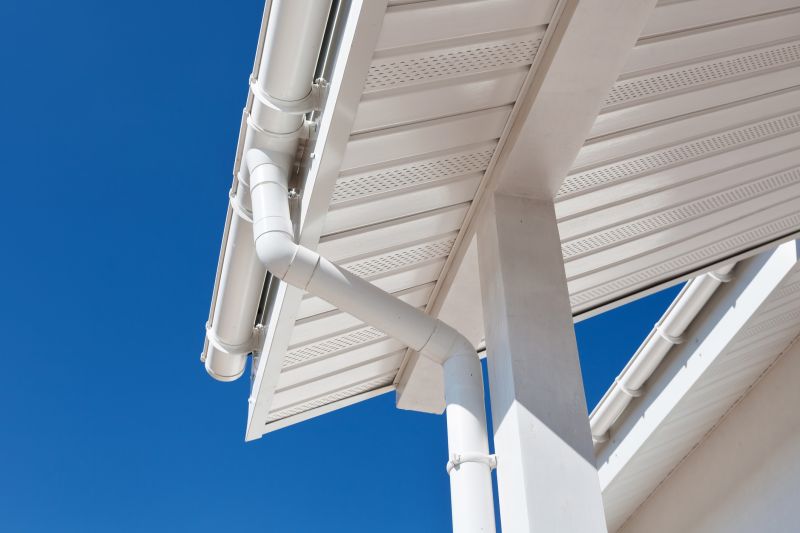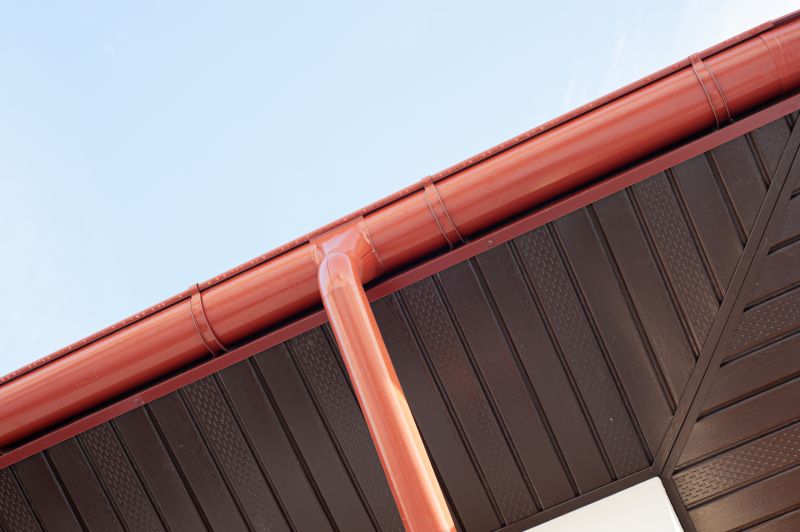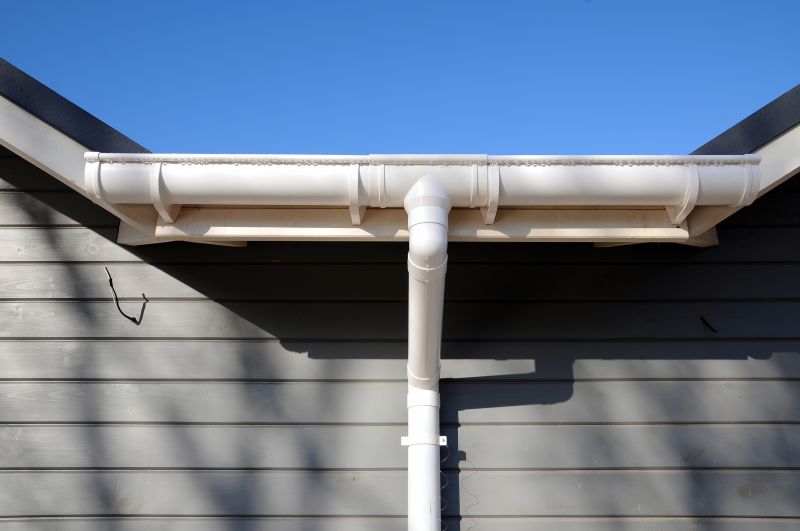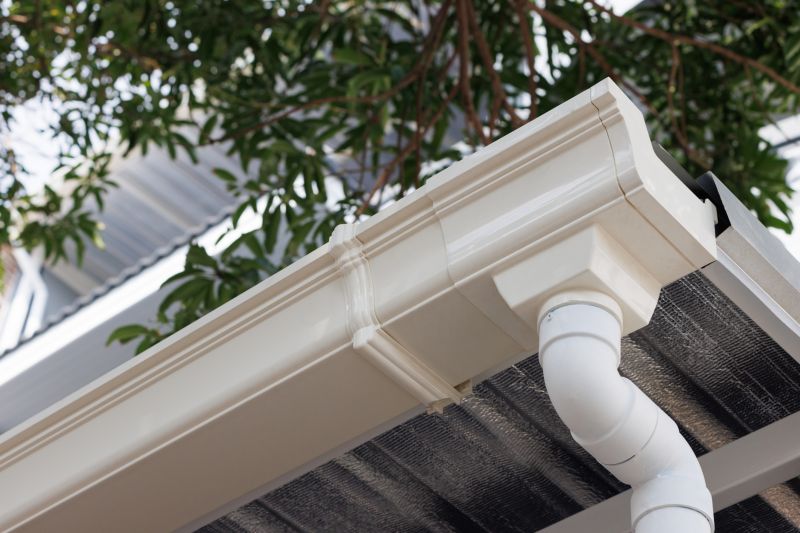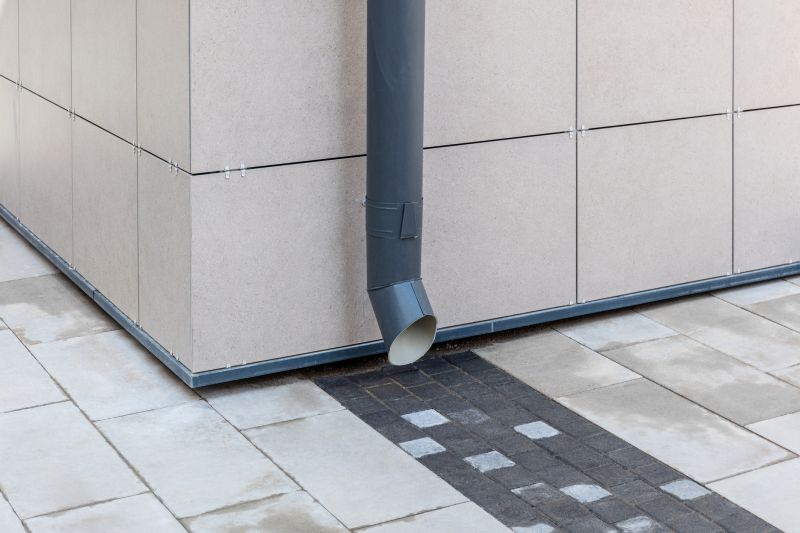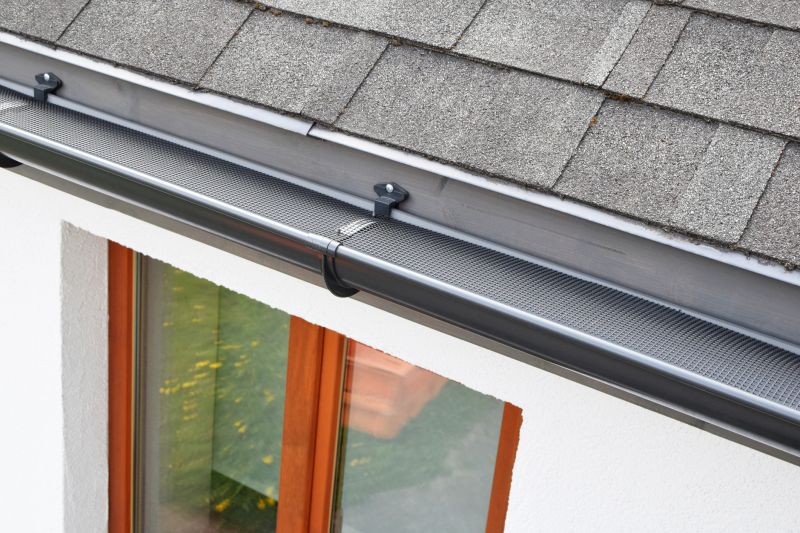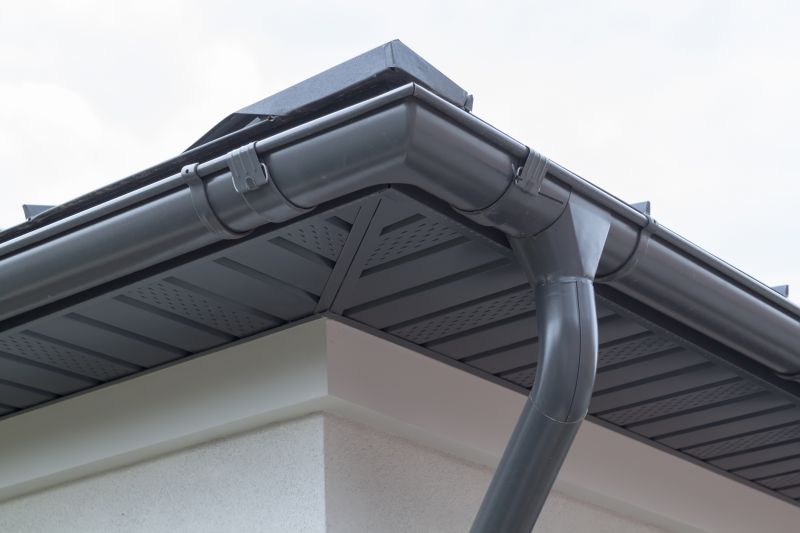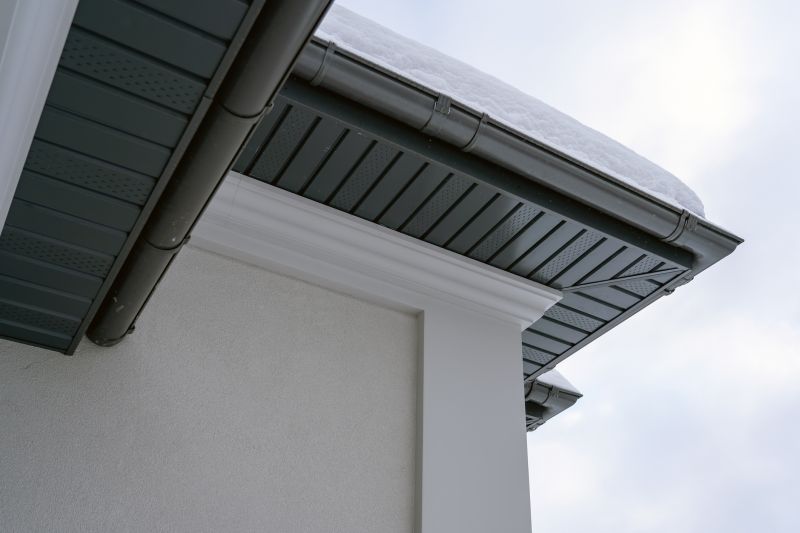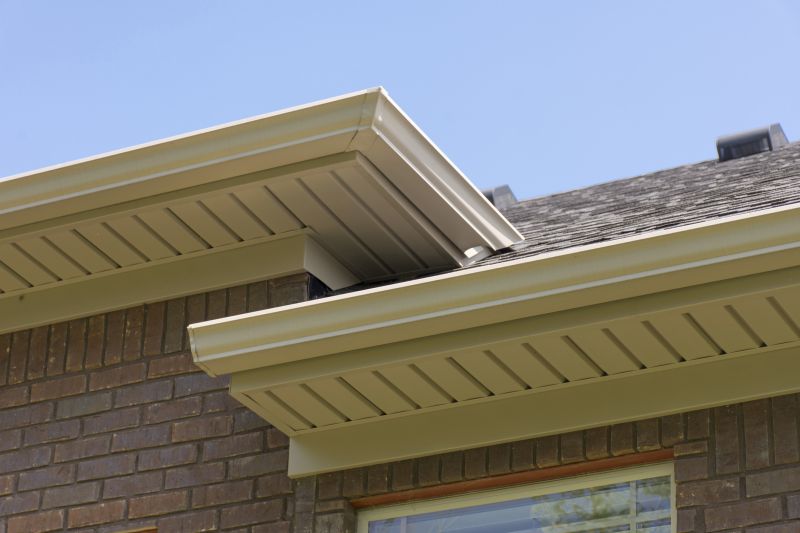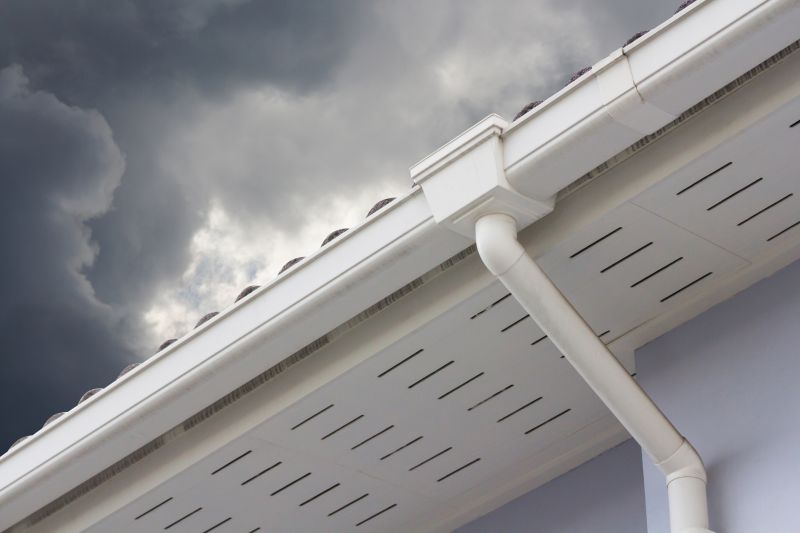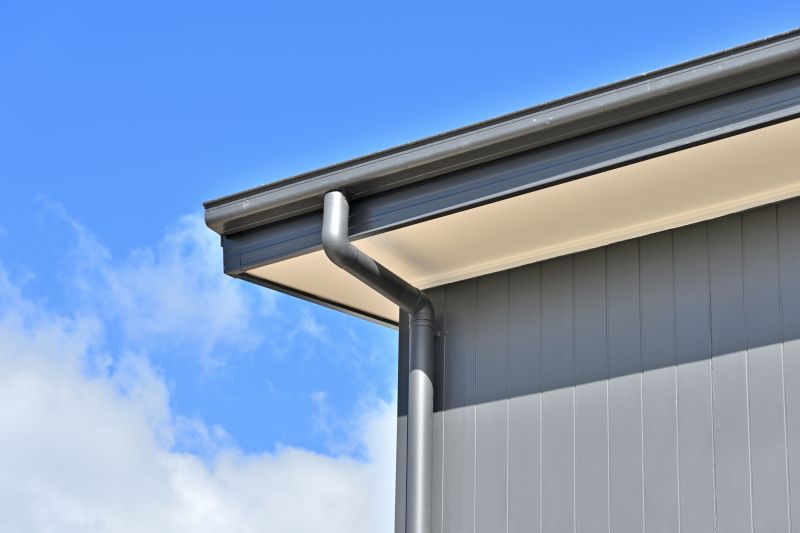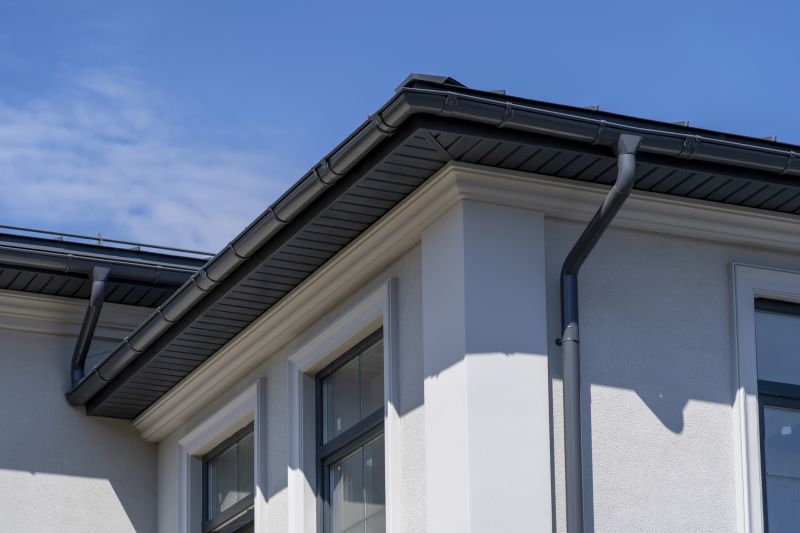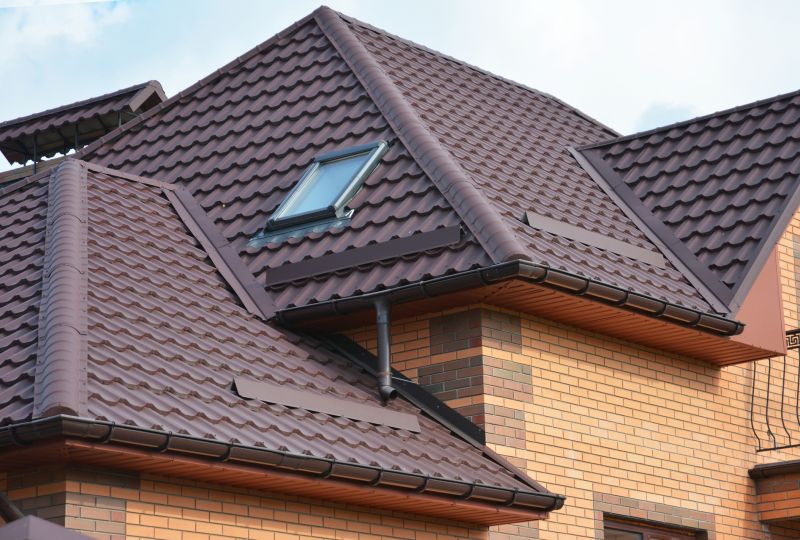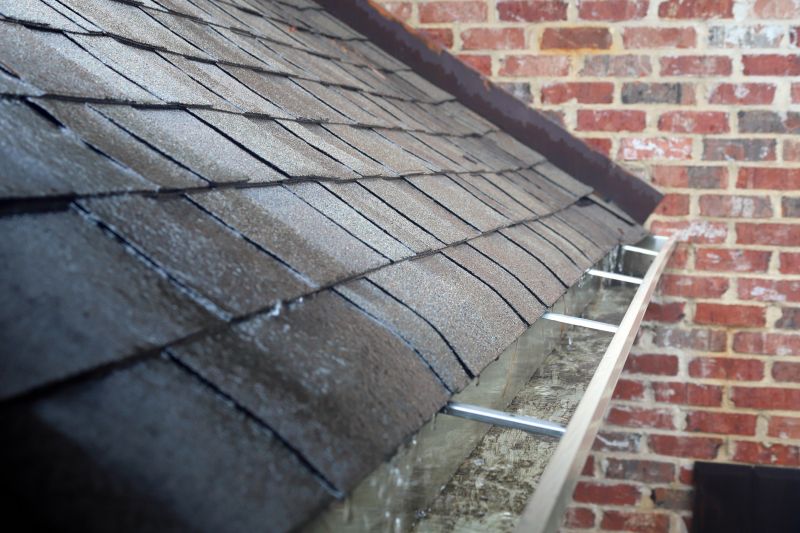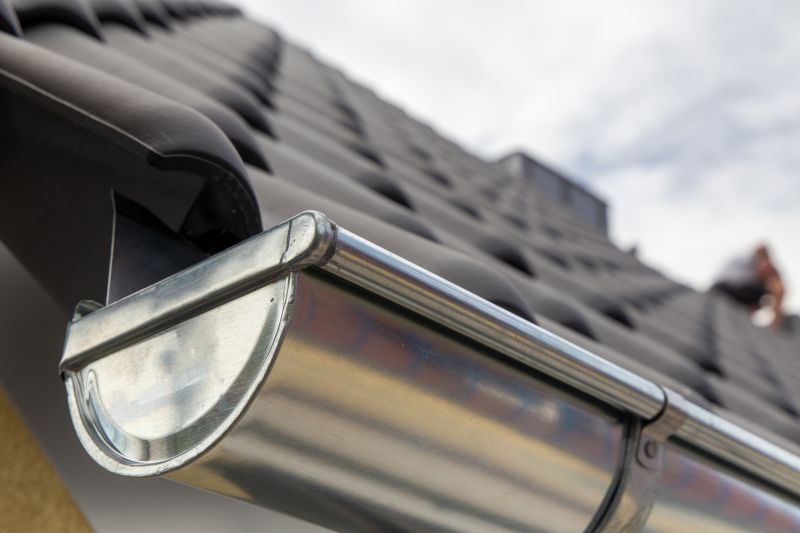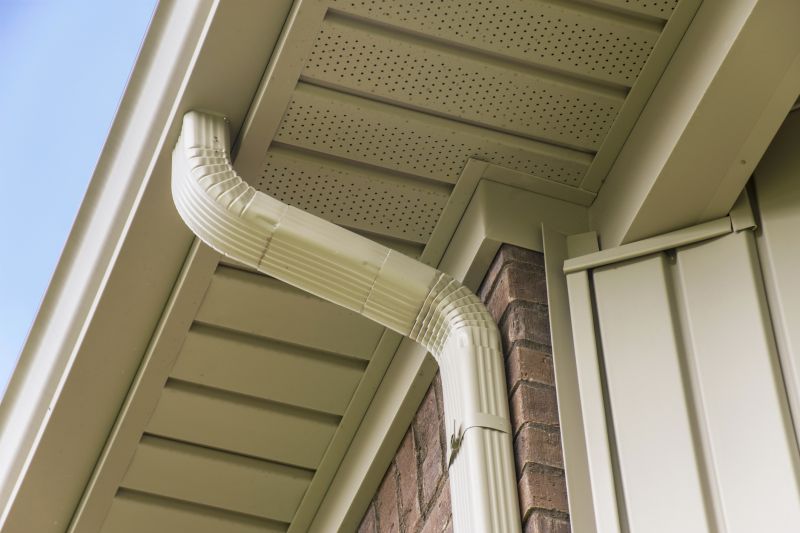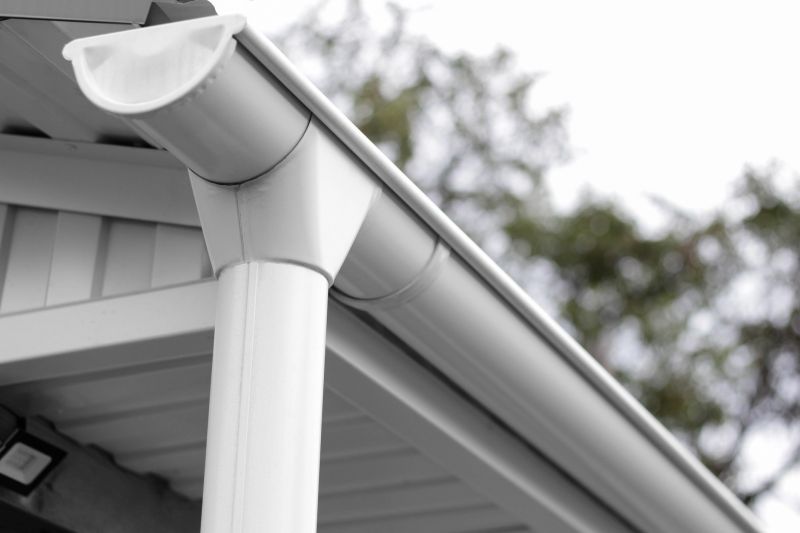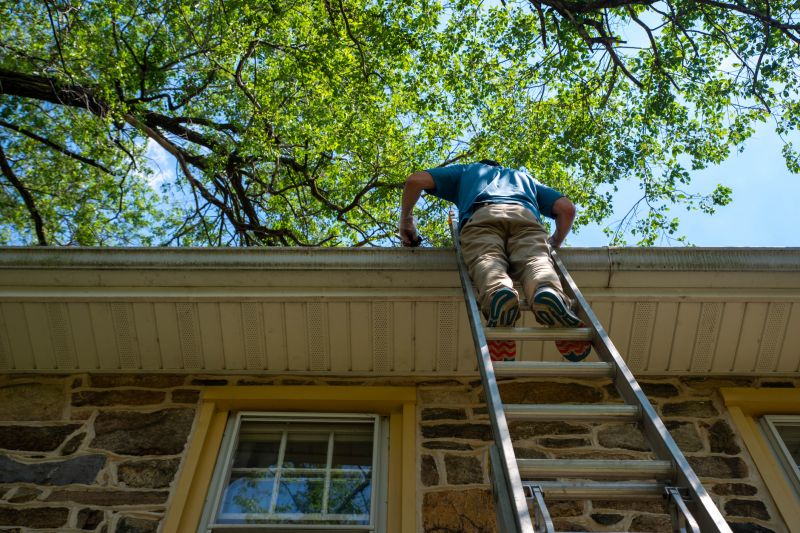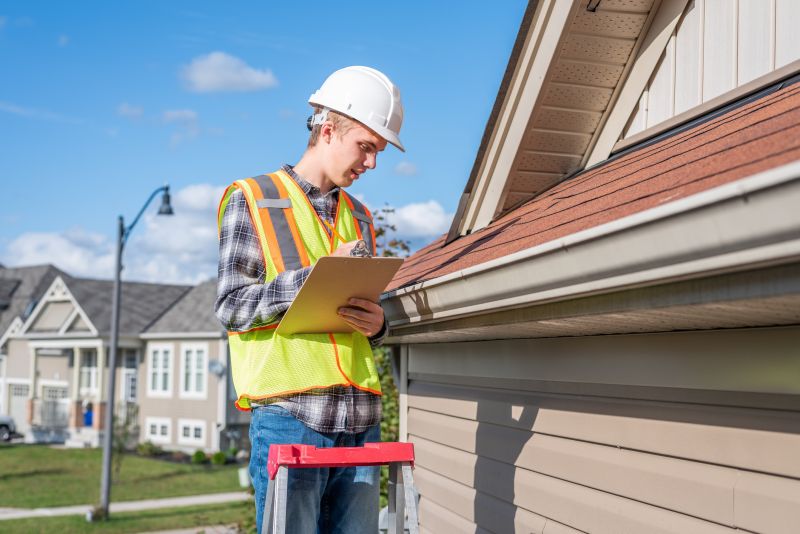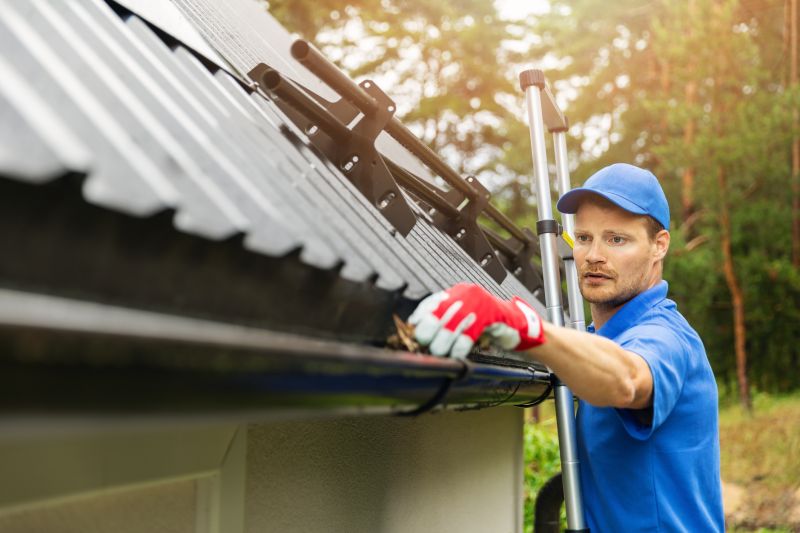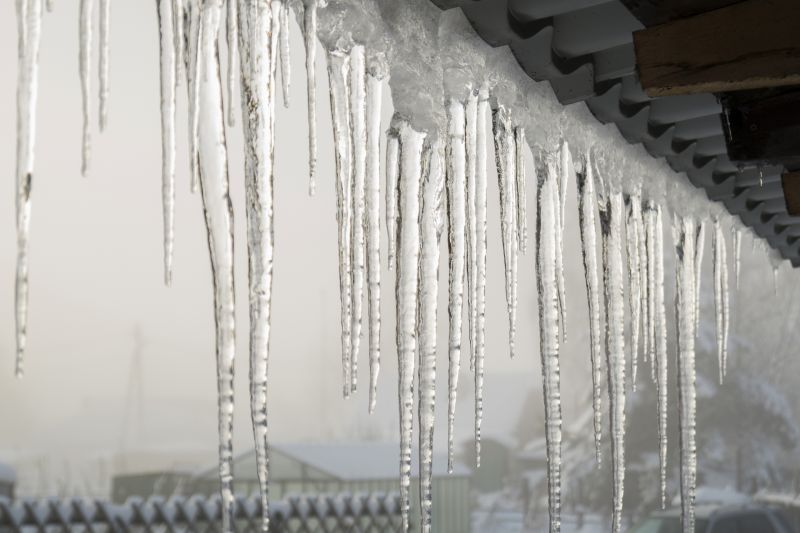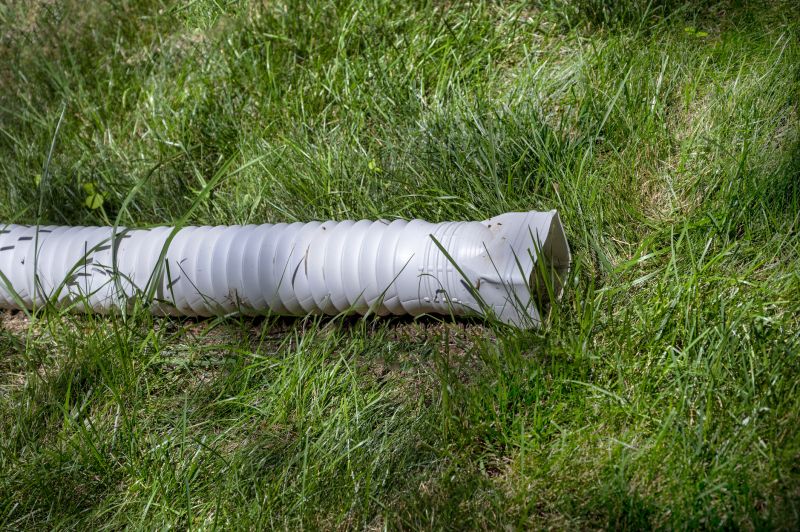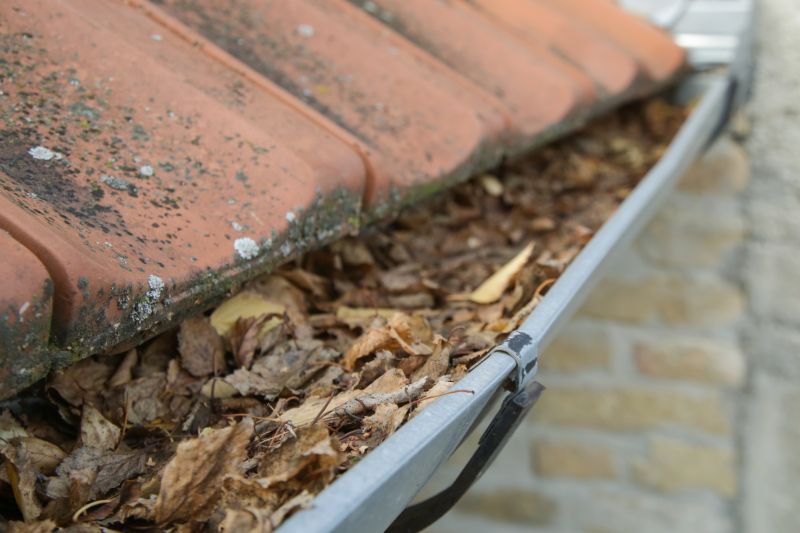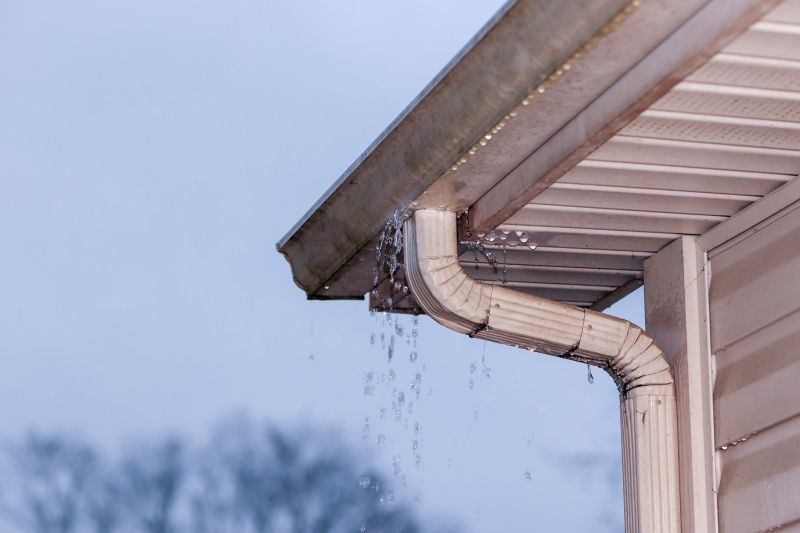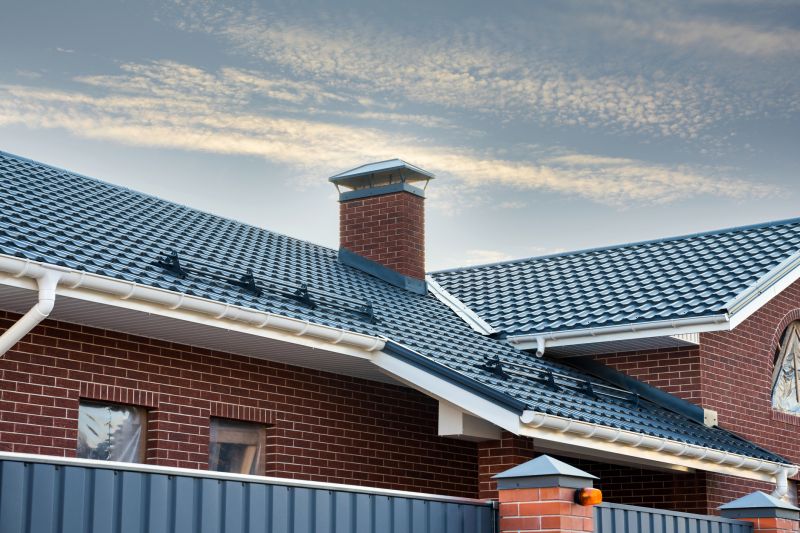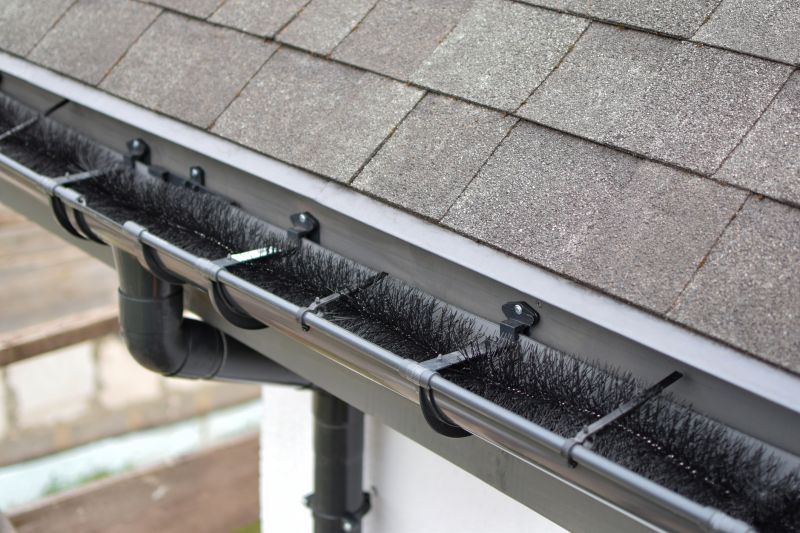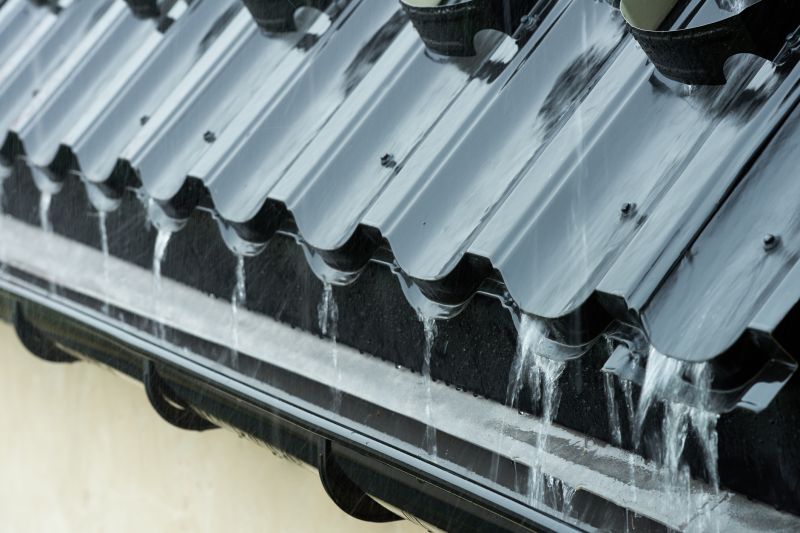
Rain Gutter Installation | How To
Get help with your rain gutter installation needs. Fill out the form above and we will connect you with local pros in your area. Rain gutter installation is the process of fitting a drainage system along the edges of a roof to efficiently collect and divert rainwater away from the building's foundation. This essential home improvement project helps prevent water damage and erosion by channeling rainwater into downspouts and away from vulnerable areas. Proper rain gutter installation ensures that rainwater is effectively directed to a safe location, preventing potential structural issues and water-related problems. By installing rain gutters, homeowners can safeguard their property against water accumulation, mold growth, and foundation damage caused by excessive rain.
How to Install Rain Gutters
Step 1: Measure and Plan
Start by measuring the length of your roofline where the rain gutters will be installed. Take note of any corners or downspouts that may require additional gutter sections or accessories.
Step 2: Gather Materials
- Rain gutters
- Gutter hangers
- Downspouts
- End caps
- Sealant
- Gutter screws
- Level
- Tape measure
- Hacksaw or tin snips
Step 3: Install Gutter Hangers
Attach the gutter hangers to the fascia board at regular intervals, ensuring they are level. Use a tape measure and level to ensure accuracy.
Step 4: Cut Gutter Sections
Measure and cut the gutter sections to fit the length of your roofline. Use a hacksaw or tin snips to make clean cuts.
Step 5: Attach Gutter Sections
Slide one end of the gutter section into the hanger, then secure the other end with gutter screws. Repeat this process for each gutter section.
Step 6: Install Downspouts
Attach the downspouts to the gutter sections using sealant and screws. Ensure they are securely fastened and angled properly to direct water away from the foundation.
Step 7: Add End Caps
Attach end caps to both ends of the gutter sections to prevent water from escaping.
Step 8: Test and Adjust
Run water through the gutters to test for proper drainage. Adjust the slope and positioning if necessary to ensure water flows smoothly towards the downspouts.
Step 9: Regular Maintenance
Regularly clean and inspect your rain gutters to prevent clogs and ensure they are functioning properly.
Congratulations! You have successfully installed rain gutters to protect your home from water damage.
